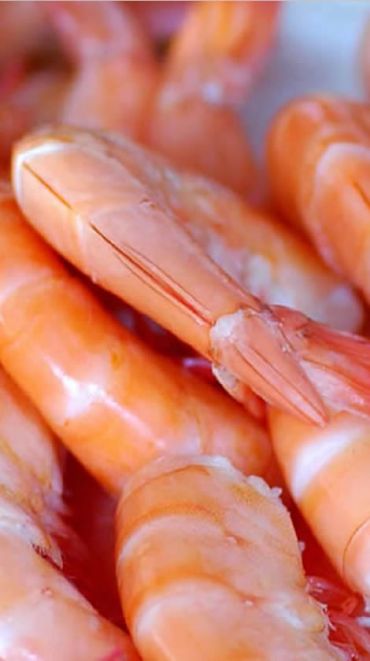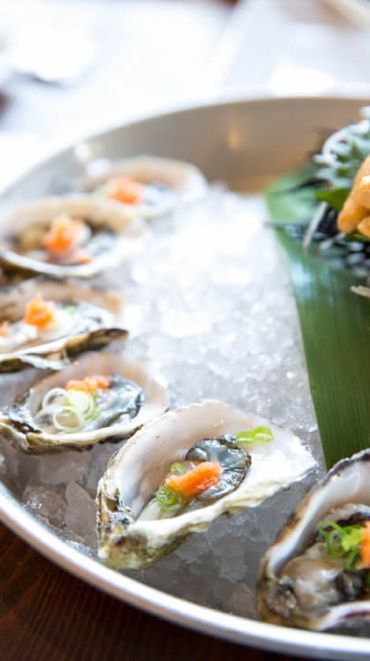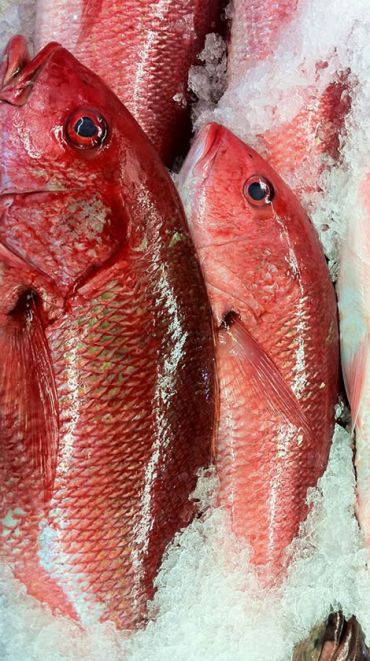We sell partially-cooked crawfish tails from Louisiana, already peeled and deveined, so they are very easy to work with. Basically just add them to any dish and cook another couple of minutes. They have never been frozen and come in 1 pound vacuum-sealed bags. The season for crawfish is in the spring until the end of June.
Crawfish meat is sweet like lobster meat but more tender and not quite as rich. Cooked meat is a clean white. It takes about 7 pounds of whole cooked crawfish to get a pound of meat. You can freeze them in the vacuum-sealed bags they come in, and thaw also in the bags under cold running water.
Crawfish fat, sometimes called head fat, is orange when cooked and contains most of the flavor!
Jambalaya, bisque and etouffee are traditional presentations. See recipes on right.
 Crawfish are freshwater crustaceans that resemble miniature lobsters, ranging in size from 3 1/2 to 7 inches. Over 400 species are found worldwide, 250 of which are in North America, living in rivers, lakes, swamps, canals, wetlands and irrigation ditches.
Crawfish are freshwater crustaceans that resemble miniature lobsters, ranging in size from 3 1/2 to 7 inches. Over 400 species are found worldwide, 250 of which are in North America, living in rivers, lakes, swamps, canals, wetlands and irrigation ditches.
The most important farmed U.S. species is red swamp crawfish (Procambarus clarkii), found in southern Louisiana. Second is the white-river crawfish (P. acutus) from northern Louisiana. Alive, red swamp crawfish are red to nearly black; white-river crawfish are light to dark brown. All crawfish cook up brilliant red. Approximately 90 percent of the U.S. farmed and wild crawfish production comes from Louisiana, where crawfish are trapped in the wild and farmed as a rotating crop with rice. Crawfish are also farmed and harvested wild in other Southern states and in the Pacific Northwest.
In China, crawfish are cultivated in ponds with other fish. In California, fishermen trap cool-water crawfish in rivers that feed the Sacramento Delta. Fishermen in the Midwest trap the species in lakes. Limited amounts are farmed in Europe.




